Disclosure: We may get commissions for purchases made through links in this post.
Do you know that weather is one of the most important considerations when installing your pavement? If there's a chance of rain within a day of when you're scheduled to lay your asphalt, should you push through with it? We asked our experts about it and here's their answer.
It is not recommended to pave asphalt when it is raining. Asphalt contains oil, and it will not mix well with water resulting in poor-quality pavement. Warm and sunny weather is the ideal condition for installation. It will allow asphalt to be laid properly and dry thoroughly.
Keep on reading so we can tell you more about why you cannot pave asphalt in the rain. We'll also answer how long asphalt needs to dry and how soon you can have it sealed. Let's get going!

Can you pave asphalt in the rain?
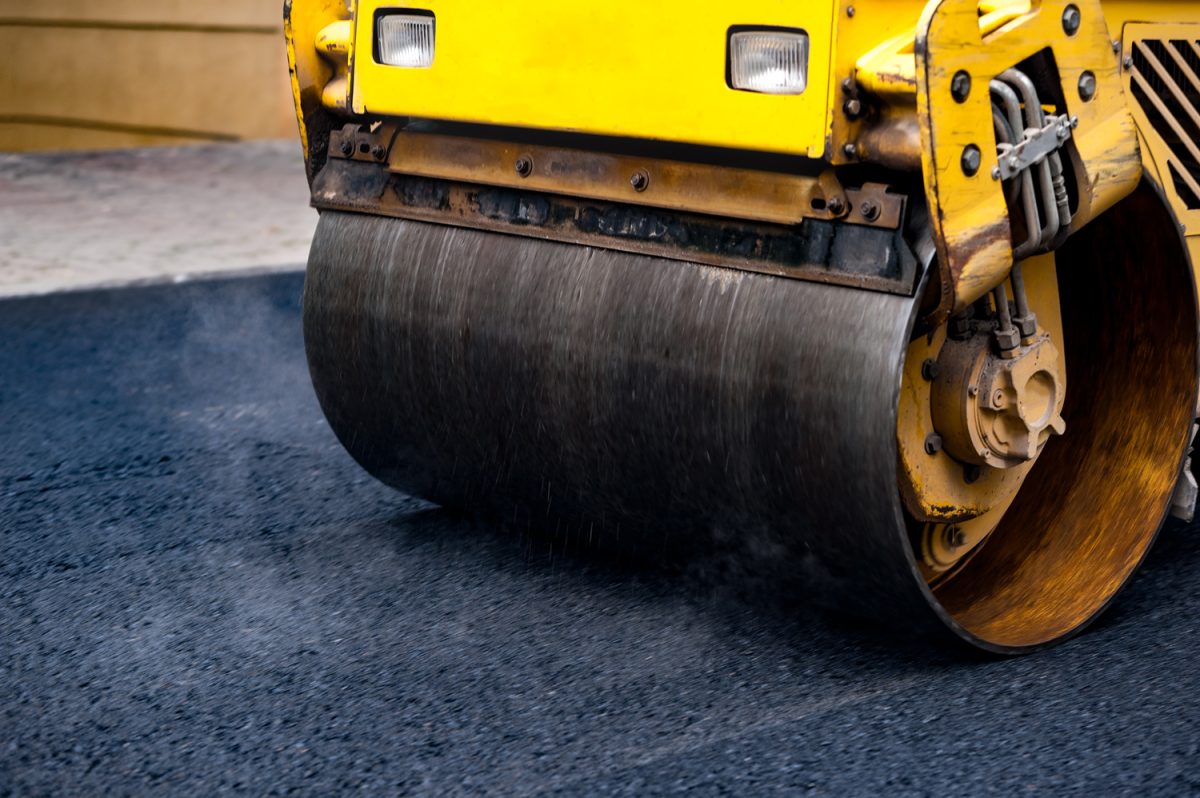
A successful asphalt pavement installation requires careful planning. Contractors and homeowners who plan on doing this project by themselves need to know how long the job will take so that they can schedule it at the best time.
Yes, the weather is important. You can be prepared with all the materials, equipment, tools, and crews that you need, but if the weather doesn't cooperate, there's nothing you can do about it. In particular, you need to know if it'll be sunny and dry not only during the day of installation but for at least a couple of days after that so that you can lay the asphalt and give it time to dry fully.
These are the reasons why you should aim for these working conditions.
Sunny weather
Rain brings with it water. At this point, we need to understand the composition of asphalt. It is made up of crushed stones, gravel, and sand. It is also a petroleum-based product which means that it contains oil. And as we all know, water and oil do not mix well together.
Rainwater causes the oil in the asphalt mixture to rise to the top. It'll affect the curing time and the overall quality of the pavement. Since oil repels water, there could be holes and craters along the surface where asphalt won't be able to set due to wetness. These will make the pavement less durable, and it will be easily damaged when there's pressure or constant use.
Rain will also affect the subsoil or base of your pavement. Water can make it soft and unstable, making it unfit to provide solid support for your asphalt layer.
This is why experts say that sunny days are the best time to schedule your pavement installation.
Warm Temperature
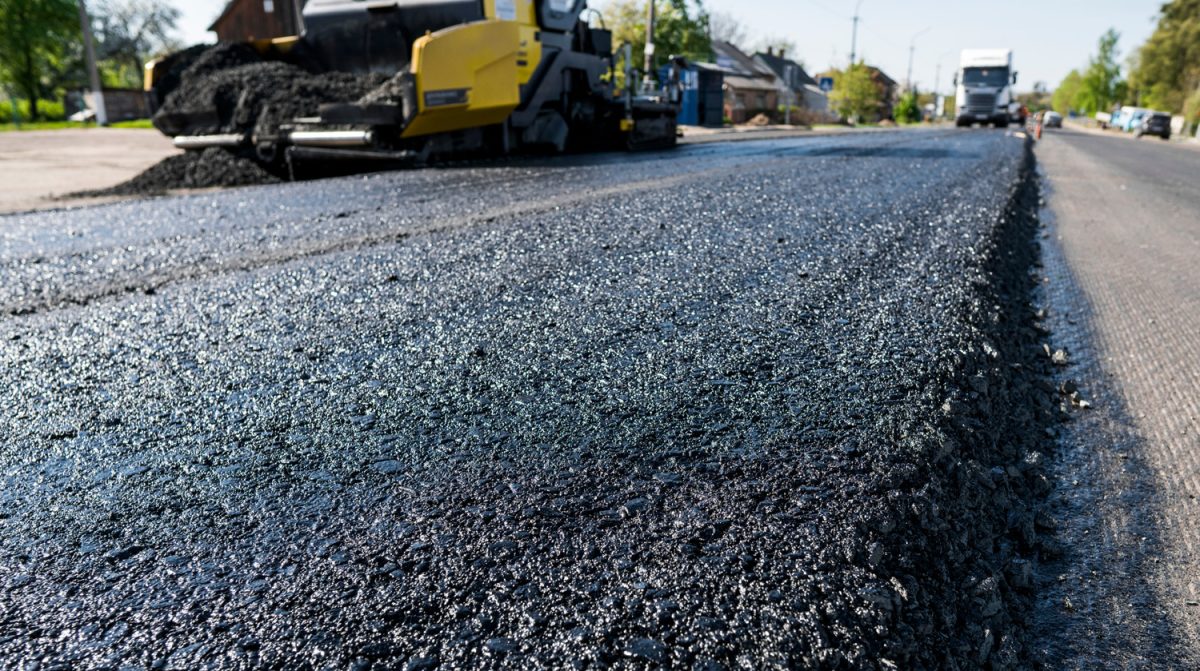
A dry and warm temperature is ideal for asphalt to set correctly. When the temperature is cool, the asphalt will harden quickly, so you have less time to lay your pavement and ensure that there are no bumps over the surface.
On the other hand, the warm temperature will help make asphalt soft and elastic long enough to smooth it over the entire surface area you need to cover.
We cannot control the weather, but we have relatively accurate forecasts that'll inform you about the weather in the coming days. So, check the forecast in your area and see that you schedule your asphalt pavement installation when the sun is out.
However, it is worth noting that dry and sunny weather is just the ideal scenario. You can still pave asphalt when there's a light downpour. Some contractors put a shade like a tarpaulin over the construction site to shield the area from the rain. This will also help prevent the buildup of mud and dirt that can affect the quality of the installed pavement.
How long does asphalt need to dry before rain?
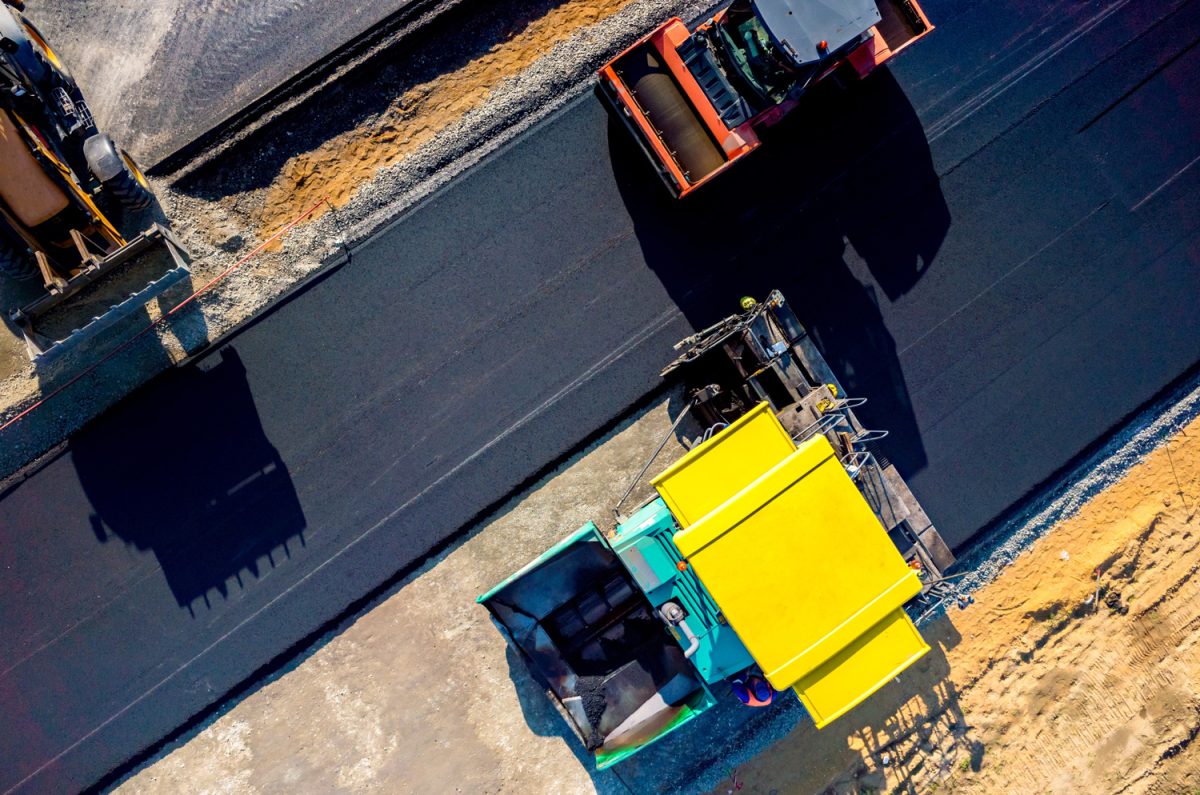
One of the advantages of using asphalt as your paving material is that it needs little time to dry. Some say that you can use it right after 24 hours, while some recommend that you give it 48 to 72 hours to dry completely.
Drying time is essential so that the asphalt can harden and become a durable pavement. Once the asphalt pavement is dry, it is already safe to walk on it or drive over its surface, and it won't be easily damaged.
But take note that drying time will depend on the humidity level. If the humidity is high, the moisture and water from the asphalt won't evaporate quickly, and the time it takes to dry will be much longer.
Another thing that homeowners need to understand is that drying is not the same as curing. While it will only take a maximum of three days before the asphalt pavement is completely dry, it takes over a year before it is fully cured. You will notice that the pavement's color will turn from black to gray when you reach this point. Asphalt will also be harder due to constant exposure to the sun's heat.
How soon after asphalt is laid should it be sealed?
Sealing the pavement's surface will help extend its lifespan. It will cover cracks and protect the whole pavement from different elements. But you have to wait for the right time before you seal it. Otherwise, it might do more harm than good. When you seal the asphalt too soon, it will trap the oils that it contains, and its surface won't harden all the way. There can be marks or ruts on your pavement since the surface is still pliable and vulnerable to pointed and heavy objects.
As mentioned above, it usually takes a year before asphalt cures fully. This is the time when all the oils have evaporated. The result is a much harder pavement than when it was installed. It will no longer be flexible and can endure pressure much better.
The general rule is that the fewer oils there are, the harder the asphalt pavement gets. The asphalt surface has to be exposed to enough sunlight for this to happen.
But you don't have to wait for 12 months until you seal your pavement. Experts say that you can apply the initial coat after three to six months and reapply it every three years.
Check out this sealant on Amazon.
Ensure that your asphalt pavement is clean and dry before applying the sealant. It is still important to check the weather and wait until it's sunny before you seal your driveway. There should be no chance of rain for at least two days, and the temperatures should be between 50 and 90 degrees Fahrenheit.
This will ensure that the sealant will adhere and set properly and give your pavement the protection it needs. After applying the sealer, give it two days to dry. That's why you need at least two days of good weather for this task.
You also have to check if you need to reapply the sealant or it's best to resurface your asphalt pavement. When there are several small cracks in your pavement, it might be better to resurface it or put a fresh layer of asphalt on top to repair the damages. This will ensure that water, dirt, and other unwanted particles won't settle inside and affect its structural integrity.
Final Thoughts
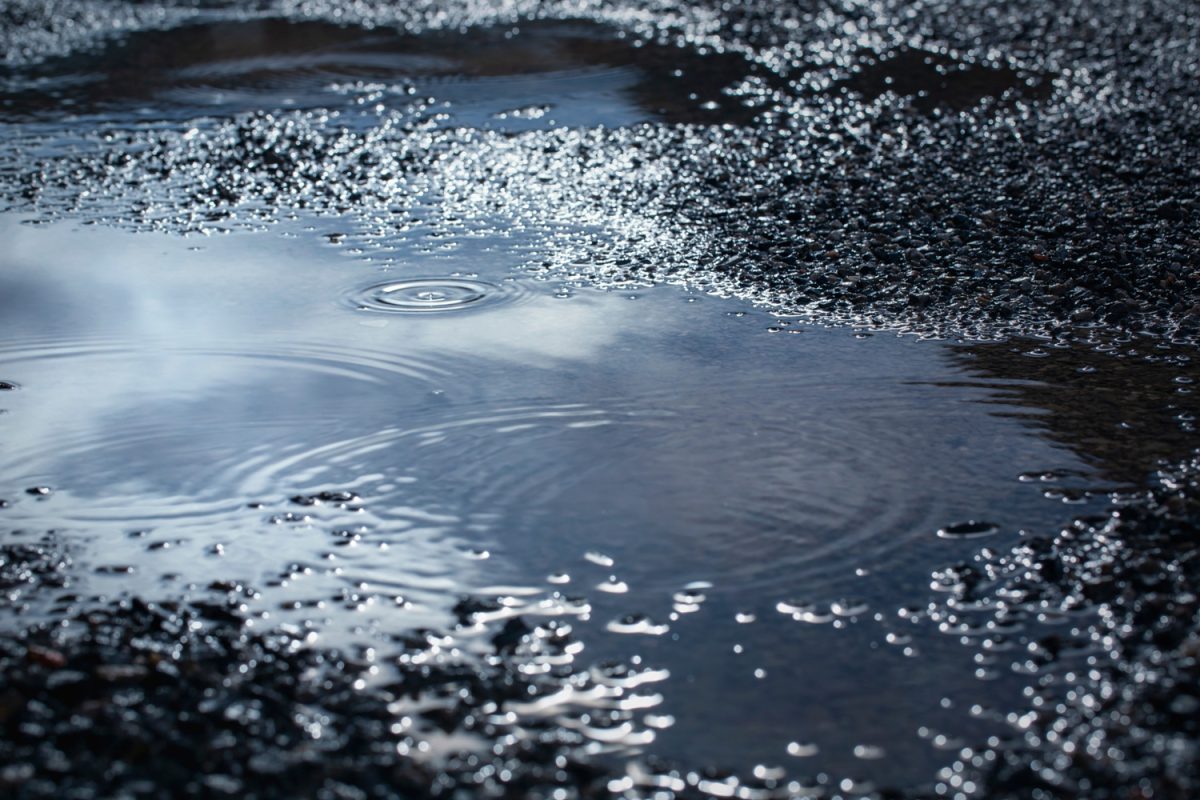
Make sure you check the weather forecast before proceeding with your asphalt pavement installation. Dry and sunny weather will ensure that your hardscape is laid properly and has enough time to dry on the surface before it is subjected to heavy use.
You can also visit the following links for some related reading:


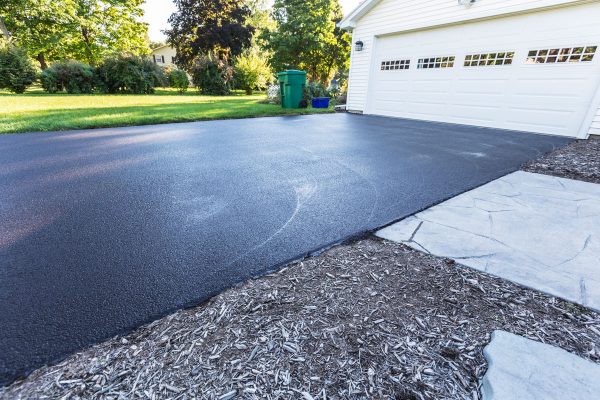
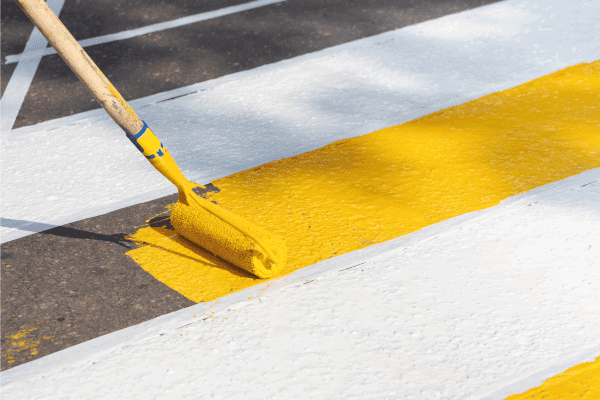
![Two manual workers helping to level the asphalt surface for a steamroller to press, Types Of Asphalt [And How To Choose For Your Driveway Or Walkway]](https://pavingplatform.com/wp-content/uploads/2022/03/Two-manual-workers-helping-to-level-the-asphalt-surface-for-a-steamroller-to-press-600x400.jpg)